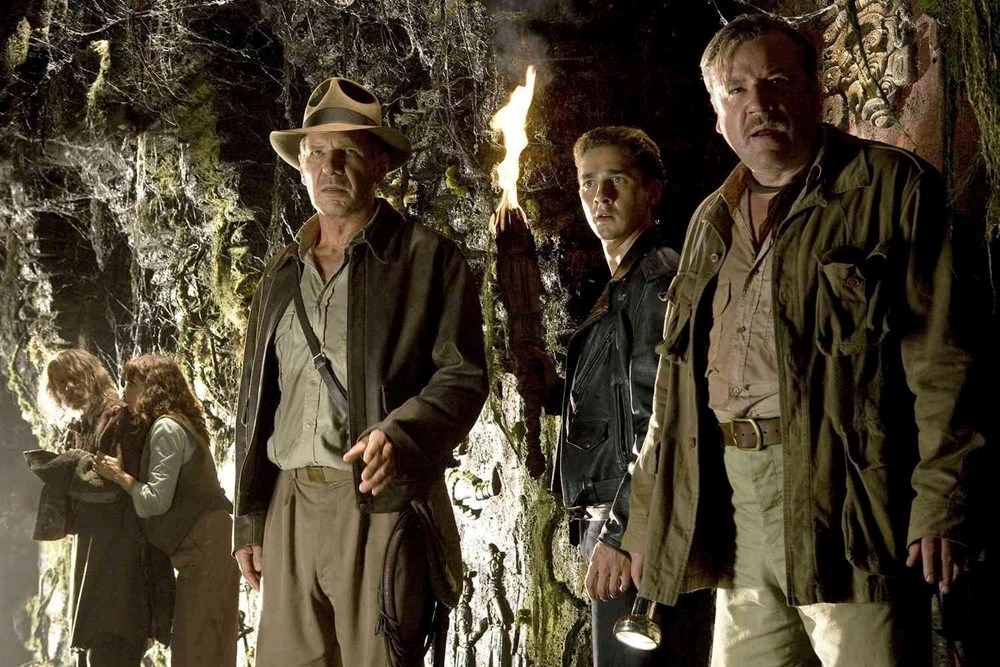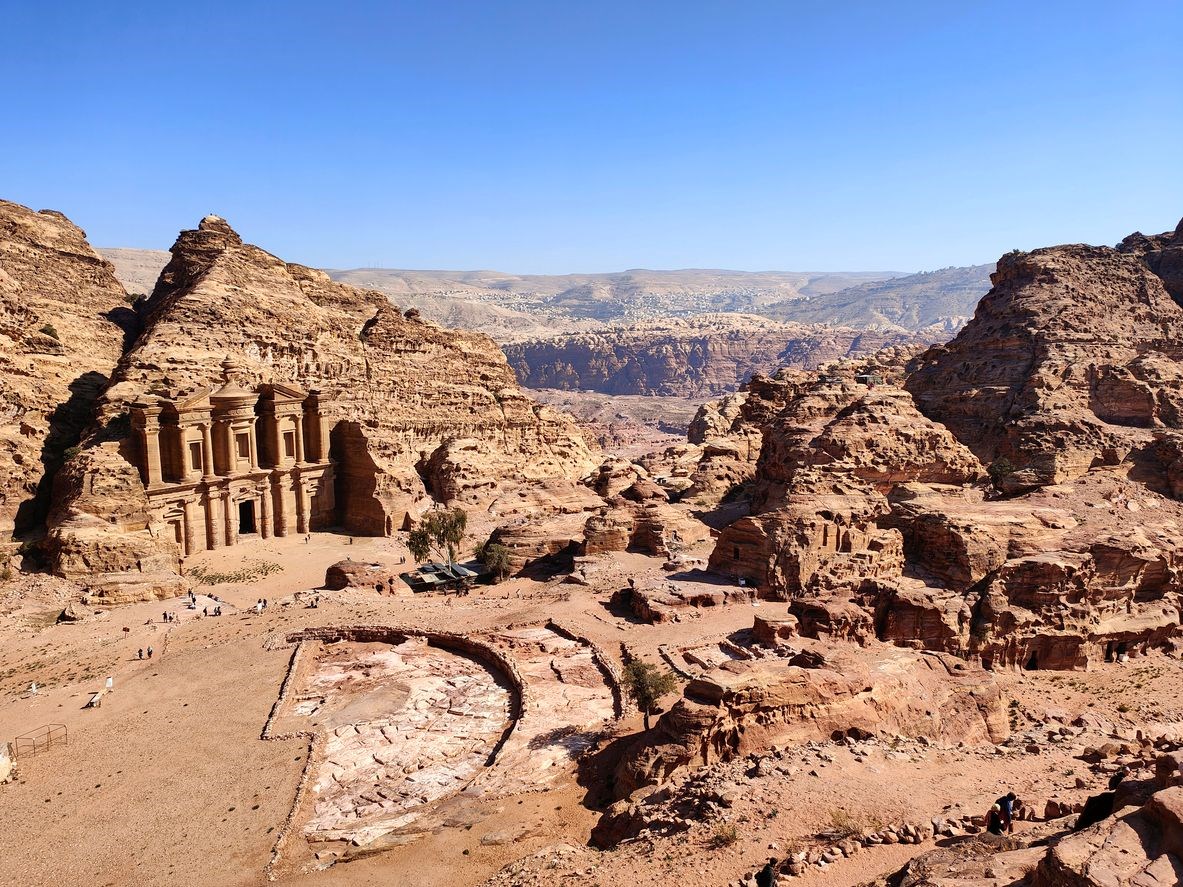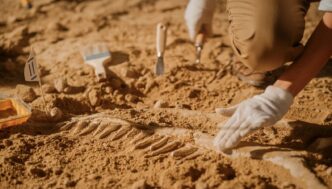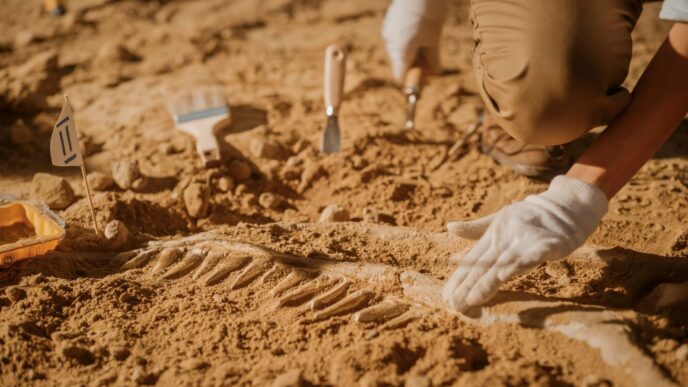Archaeologists unearthed 2,000-year-old tomb remains belonging to an ancient civilization, which was also described in the Indiana Jones movie. These findings discovered in the city of Petra in Jordan are seen as a great discovery by some archaeologists, while others say they are exaggerated.

Last week, archaeologists announced that they had found a 2,000-year-old tomb beneath the el Hazne (Treasury) in the ancient city of Petra.






There are stories that the Holy Grail also has an important place in Middle Age legends and that it was sought by Knights. Especially in Arthurian mythology, this grail is seen as a “holy” object and has been the subject of various legends. This theme has also been handled in the Indiana Jones series, telling the adventures in pursuit of the Holy Grail













